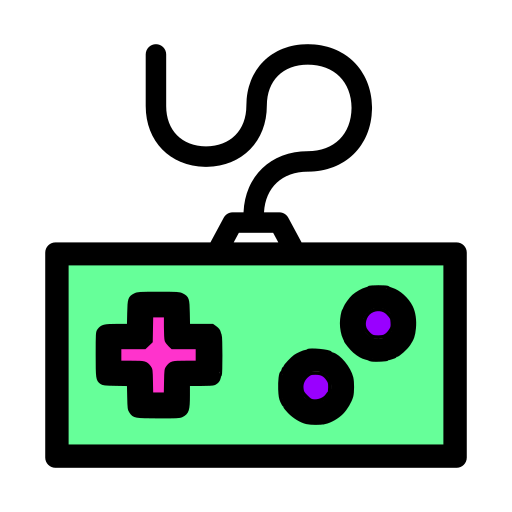It’s Doesn’t Have to Be That Difficult
Some Basic Assumptions and Preamble
This guide will walk you through with an actual example of how to start a business. It is assumed you, dear reader, are American and have a little bit of money to get yourself going. Going into business generally has some sort of cost. Anyone who tries to tell you otherwise is more than likely trying to sell you something: their classes in how to be an entrepreneur, their podcast about how to grow without any capital, their book that tells it all, or worse their seminar. We are not going to sell you any of those. Instead, we are going to show how simple getting off the ground can be.
Keep all your receipts for every purchase you make for your business.
We also will assume that you have a computer, an internet connection, reasonable transportation, and some time to spare.
We are not lawyers, what we say does not constitute legal advice, although we will talk briefly about the law.
Decide What You Will Sell and Your Market
We will be selling enamel pins. The little flat pins that people put on jackets, backpacks, hats, walls, whatever. They have a sharp piece on the back side that goes through the fabric and a little metal backing to hold it there. There are many, many different producers of those pins. They sell anywhere from $3-15+, come in a variety of different finishes, designs, colors, and are almost always in style. They are quite popular among some niche audiences.
Those niche audiences are our target market. You can choose any niche you’d like, but it is generally better to cater toward young adults/adolescents. Those groups, while having the fastest changing tastes, also have the most discretionary income. We are going to capitalize on the early-internet, nostalgic, trend that’s taken hold recently. The aesthetic is mid 1990’s early 2000’s: that wavy pattern that was on every single cup, the weird patterns on bowling alley carpet, AOL chat rooms, VHS tapes, Windows 95, rainbow-colored Mac desktop computers, the dial-up internet noise. People who recall all that or are so young that they’re embracing the aesthetic out of irony are our customers.
Creating the Products
So, we are not artists. At all. The design of our pins must be in line with the branding, so we will need to start somewhere. Enamel pin designs cannot have too many fine details, or they don’t come out right. Remember, the pins are generally quite small (about an inch wide and an inch long). So, simplicity is key. Fortunately, there’s there’s plenty of vendors of simple art: icons. Icons make great pins, they have clean, simple lines and they communicate an idea quickly.



Once you’ve got a subscription/license (expect to pay about $10/month for one, usually charged annually) to use the icons, now download a few that make sense, given your niche. Now, we need to choose the colors for the icons. Inkscape is an open-source free software that works like Illustrator. It’s got a small learning curve, but we are not doing anything too fancy with it.



The enamel machine may struggle with the small lines on the rightmost icon. That may be too fine of a detail. Larger, open spaces work best for the pins. But here’s a small sample of simply coloring the icons. There’s plenty of room to improve here, but for the sake purposes of this guide, these are good enough.
Now, all you must do is find a pin manufacturer. A simple Google search will yield hundreds of results. Shop around! Pricing, options, and procedure vary wildly from one maker to the next. Virtually all of them will accept custom designs though: generally through email or their own software. Place an order for a small batch (usually 100 is the minimum, but some go lower). For 100 you can expect to pay anywhere from $100-250.
Selling Your Inventory
Once the first batch(es) come back successfully, it’s time to sell the pins. First, we need to choose a venue, which can be pretty daunting. Here’s some recommendations:
- Avoid selling on Amazon at first. They charge a lot of fees up-front, during the transaction, and afterwards. Unless you are doing a lot of business of larger-ticket items, you’ll likely burn up your margin.
- Shopify, running your own website, etc. can involve a lot of design choices, maintenance, and you need to do your own advertising entirely.
- Etsy provides a marketplace, will advertise for you, and handles payment processing. They charge fees based on when you sell an item. We recommend opening an Etsy store, either as your sole venue or in conjunction with whatever else you’re doing.
- Facebook Marketplace is also a good choice as it requires no upfront investment, and a lot of people use it, so it guarantees your product will be seen by people.
Do not forget to take good pictures of your pins! This is critical. Make sure they are well-lit, with close-ups and medium distance shots. Take pictures of them on a blank background and on a hat, denim, lapel, or backpack. The customer should see the details of the pin, and help them imagine what they would put one on. Most cellphone cameras are sufficiently advanced to handle this, and most built-in editing software for photos will get you where you need to get.
Time to begin posting
After you’ve chosen your venue and you’ve got beautiful pictures of your pins, it’s time to begin selling them. Create your titles, descriptions, and tags with care. Your word choice needs to get and hold your customer’s attention. We’d recommend looking into your niche’s specific lingo, if any exists. For the descriptions, people are more receptive to stories than flatly stating information, but if it’s a story keep it brief. You don’t want to come across like a recipe blog. Use an SEO tool such as Google trends to test various tags/phrasing. You want something that has some volume, but no so much that you’re buried in competition. It’s just as much of an art as a science.
Once your posts are up, share them with your respective followings on social media. Pintrest is also an excellent place to post your products. Another strategy is to go where your niche will be: subreddits (follow the rules though if they prohibit advertising), forums, Facebook groups, anywhere that people will be talking about stuff relevant to your pin business.
Local Shops
Another avenue is to find local stores that might be interested in selling some of your pins. Once again, this needs to align with your niche. If you are selling pins that look like dainty flowers, the Harley-Davidson store might not be a good fit. Ask to speak to the manager/store owner if they’re around when you arrive. One way of getting in the door is to ask if they have space for a small sample of your pins. Split the revenue 50-50 if any sell. This presents absolutely no risk to the store, while giving them a slight benefit if things do work out.
Make more pins, make more posts, make more sales
Going from 0 to 1 is infinitely harder than going from 1 to 10. In turn, 1 to 10 is much more difficult than 10 to 100. A lot of the time, the difference comes down to execution.
After your business surpasses $400, you will need to start getting more organized about how it is run. The next guide will cover taxation, legal-structure, record-keeping, and everything else that comes with it. Stay tuned.


Leave a Reply
You must be logged in to post a comment.